Retro Replay Review
Gameplay
Paradroid 90 offers a compelling blend of action and strategy that sets it apart from many shooters of its era. The core mechanic revolves around a cybernetic influence device (ID) that can either blast hostile robots into scrap or hijack them through a cerebral transfer minigame. This dual approach gives players the freedom to adapt their tactics on the fly—whether they prefer the thrill of direct combat or the satisfaction of seizing control from within.
(HEY YOU!! We hope you enjoy! We try not to run ads. So basically, this is a very expensive hobby running this site. Please consider joining us for updates, forums, and more. Network w/ us to make some cash or friends while retro gaming, and you can win some free retro games for posting. Okay, carry on 👍)
The shooting segments are fast-paced and demand precise movement, with robots of varying sizes and firepower gradually populating each deck. These encounters test reflexes and positioning, as you dodge projectiles and environmental hazards while lining up your own shots. Success in pure action mode hinges on mastering the nuances of each robot’s attack patterns and leveraging power-ups scattered throughout the freighter’s corridors.
Meanwhile, the transfer minigame introduces a strategic puzzle element that elevates Paradroid 90 beyond a simple run-and-gun experience. Once you initiate a takeover attempt, you face a circuit board representation where colored nodes must be captured before your jack-in-the-box meter depletes. Higher-class robots boast more complex board layouts, making risk-versus-reward decisions central to gameplay: Do you gamble on a high-value target or stick with easier pickups to build your arsenal?
Graphics
Visually, Paradroid 90 represents a marked improvement over its 1985 Commodore 64 predecessor, thanks to the enhanced capabilities of later systems. Sprites are smoother and more detailed, with each robot design rendered in a clear, recognizable palette. The freighter interiors are laid out using crisp lines and contrasting colors that help differentiate hazards, power-ups, and enemy types at a glance.
The animation of both the player’s device and enemy robots feels fluid, imbuing each encounter with a sense of weight and impact. When transferring into a new host, the circuitry screens are vividly colored, making the tension of the minigame all the more palpable. Subtle visual effects—such as sparks when systems overload or flickering lights in abandoned corridors—add atmosphere without distracting from the action.
User interface elements are intuitively placed along the screen edges, ensuring that vital information like energy levels, transfer time, and deck number is always visible. While the graphical style is unmistakably of its time, it manages to strike a balance between nostalgia and clarity, presenting a clean, purposeful aesthetic that supports both fast-paced combat and careful planning.
Story
The narrative backdrop of Paradroid 90 is deceptively simple yet effective: a convoy of freighters under attack by an unseen alien force that manipulates battle robots into murderous rampages. With the human officers eliminated, you are the last line of defense—a disembodied ID sent aboard to reclaim the ships. This premise grounds the gameplay in a clear objective: secure each deck, neutralize the rogue machines, and progress to the heart of the invasion.
Although the story unfolds primarily through brief text introductions and atmospheric in-game visuals, the sense of isolation and urgency is palpable. Each deck you clear reveals fractured comm logs and flickering security consoles that hint at the crew’s final moments. These environmental storytelling touches enrich the experience, turning empty corridors into silent memorials for the fallen human operators.
Boss encounters and escalating robot classifications create a narrative arc of rising stakes, driving you deeper into the bowels of the infested vessels. While there are no elaborate cutscenes or voiced characters, Paradroid 90’s spare storytelling encourages players to piece together the mystery for themselves. The result is an immersive sci-fi thriller that leverages minimalism to great effect, putting the focus squarely on your struggle against the mechanical horde.
Overall Experience
Paradroid 90 succeeds at marrying two distinct gameplay styles into a cohesive whole, offering both bullet-hell excitement and cerebral puzzle challenges. The pacing is finely tuned: moments of frenzied shooting give way to the deliberate tension of the transfer minigames, ensuring players never grow complacent. This dynamic interplay keeps each play session fresh and engaging, with plenty of room for experimentation in how you choose to confront the robotic menace.
The game’s presentation—while rooted in late-’80s and early-’90s aesthetics—retains enough polish to feel accessible for modern audiences who enjoy retro-inspired design. Controls are responsive, and the difficulty curve is fair, with optional risk-taking providing a natural way to tailor the challenge to individual skill levels. Replay value is further bolstered by the allure of mastering higher-class droids and uncovering subtle variations in deck layouts.
For fans of classic shoot-’em-ups, strategic puzzle elements, or atmospheric sci-fi settings, Paradroid 90 offers a compelling package that stands the test of time. Its blend of action and strategy rewards both twitch reflexes and thoughtful planning, making each mission a satisfying test of skill. Whether you’re chasing nostalgic memories of the original or discovering this cult favorite for the first time, Paradroid 90 delivers a tightly crafted experience that’s well worth exploring.
 Retro Replay Retro Replay gaming reviews, news, emulation, geek stuff and more!
Retro Replay Retro Replay gaming reviews, news, emulation, geek stuff and more!
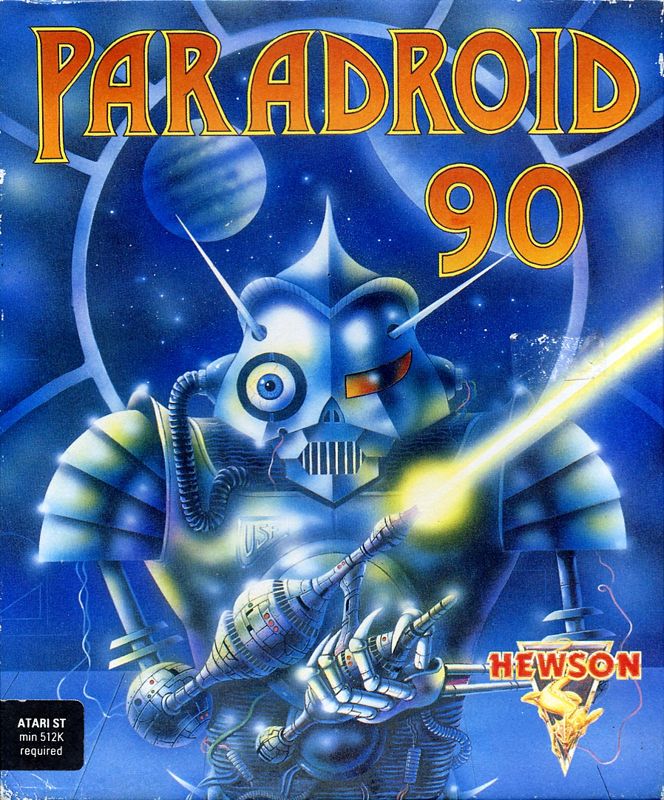
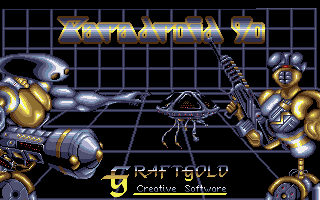
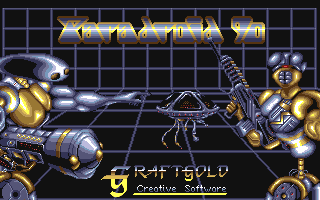
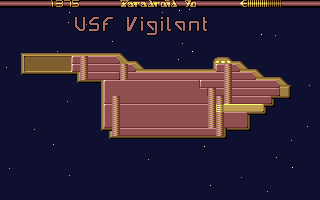
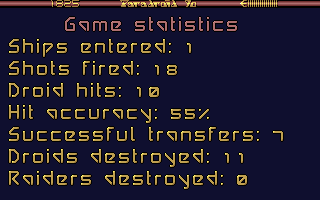
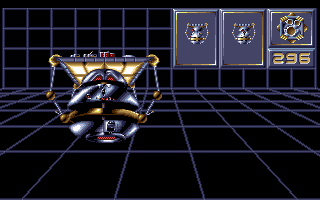



Reviews
There are no reviews yet.